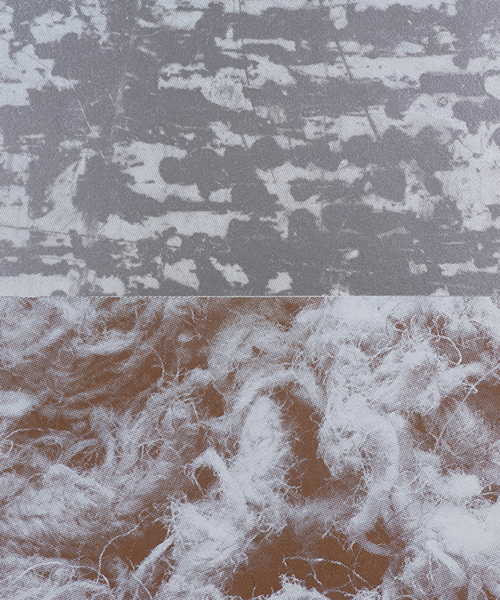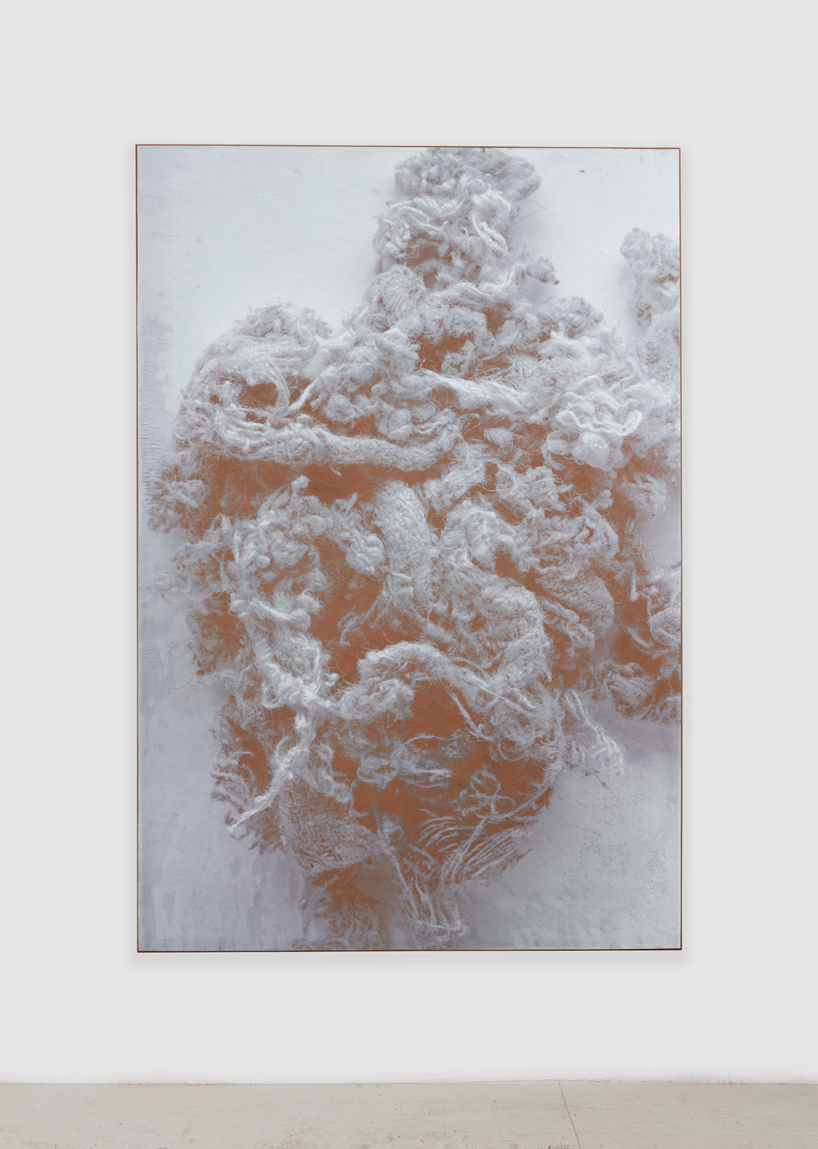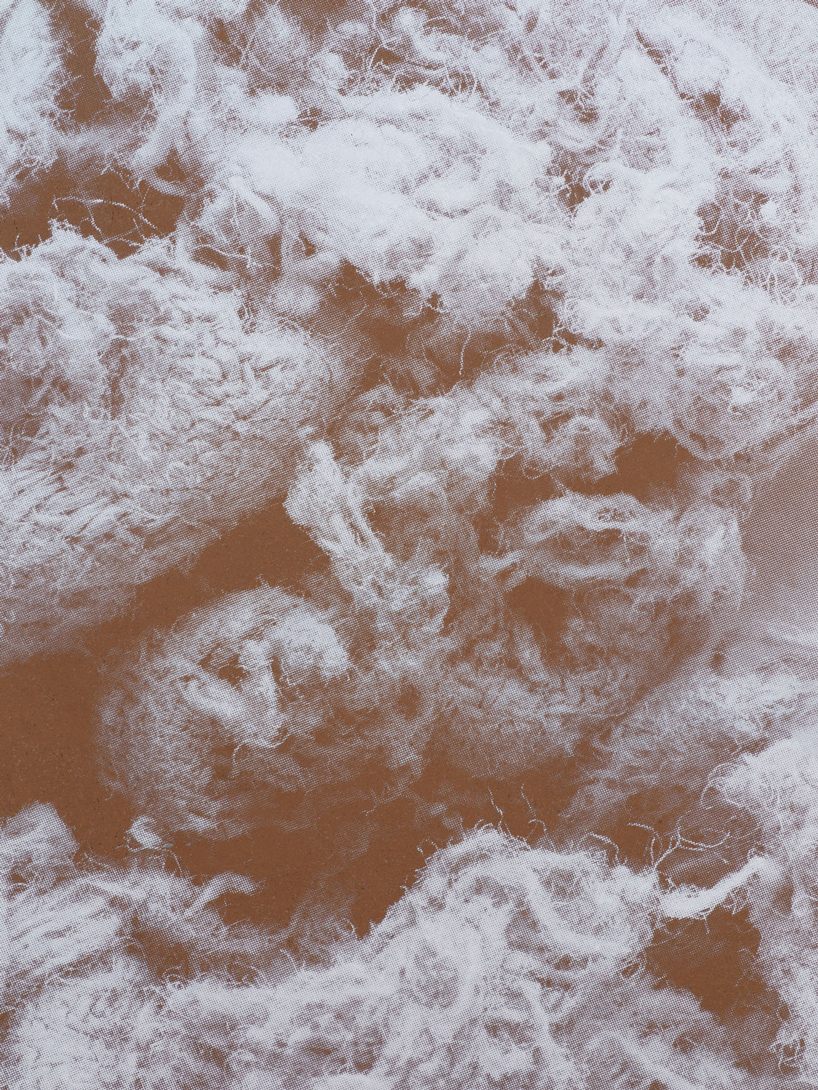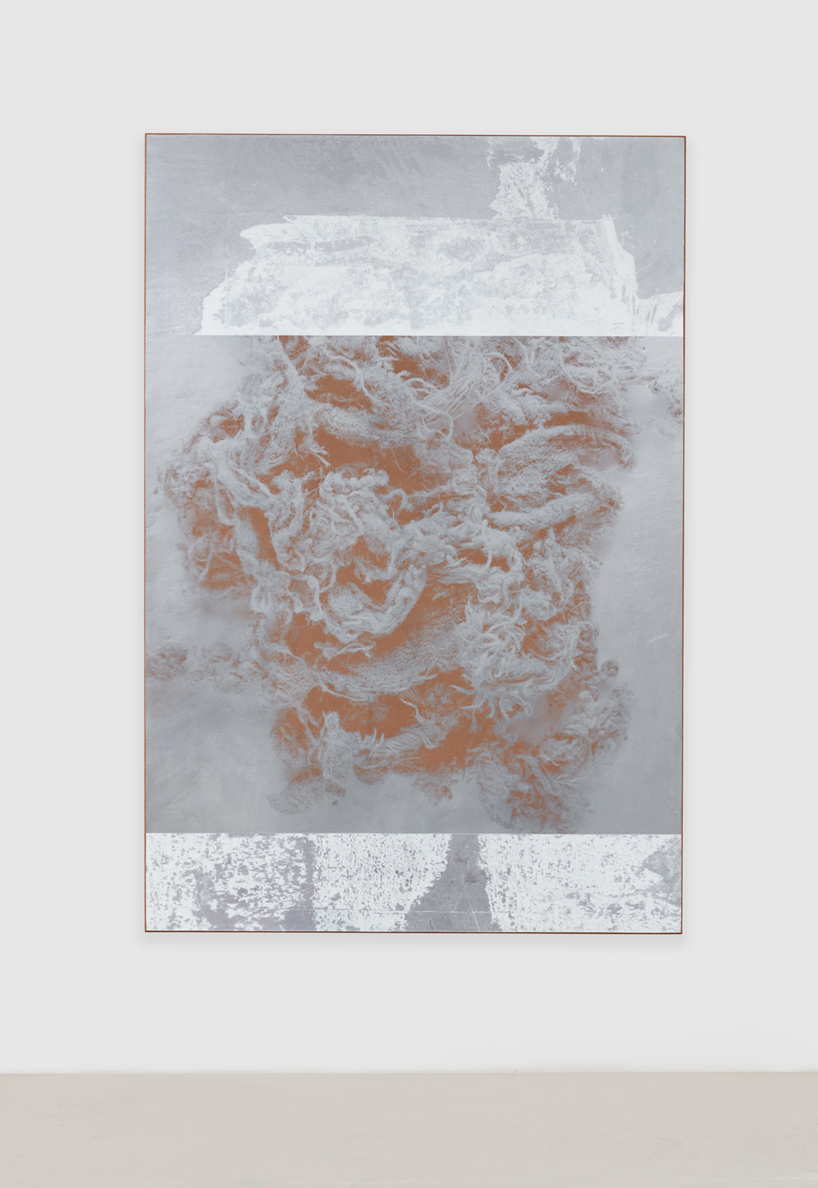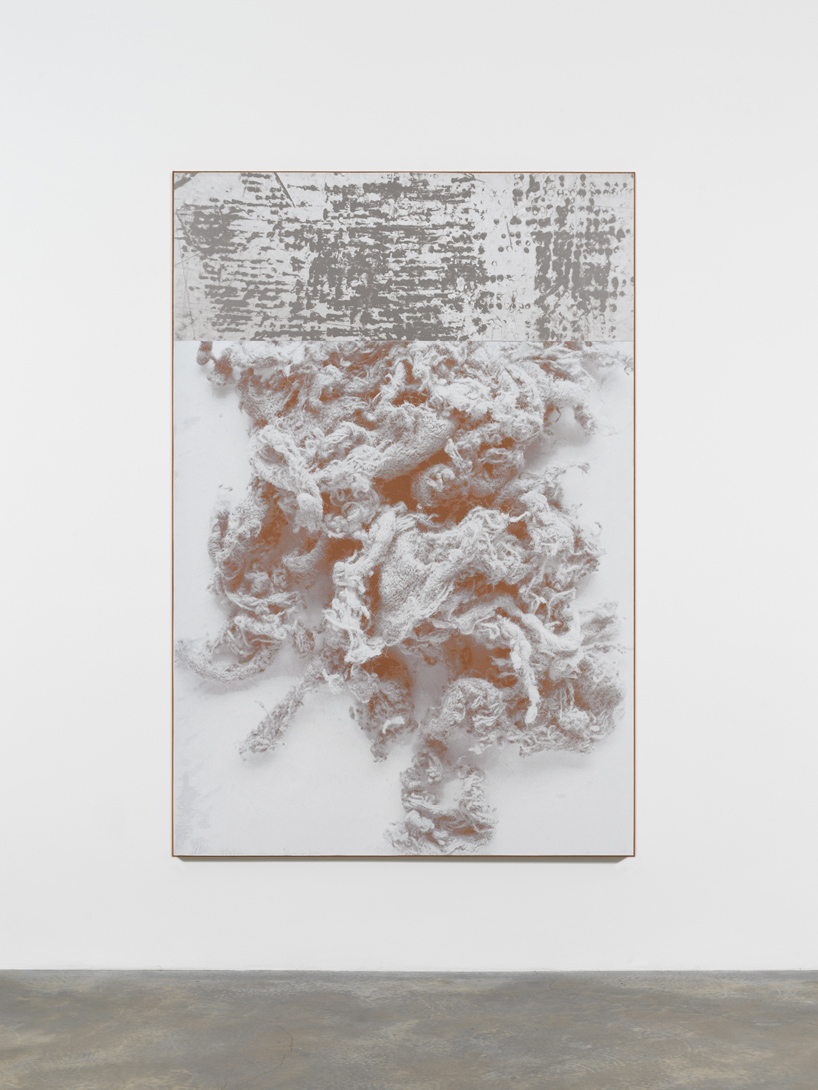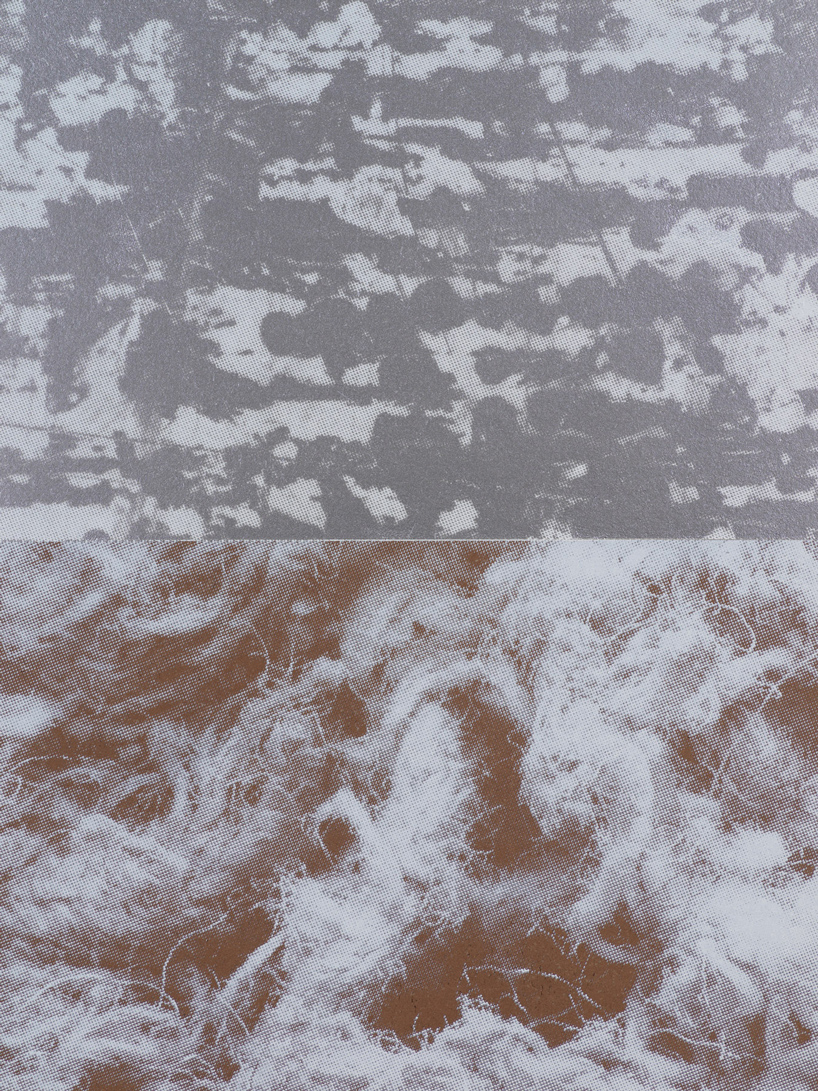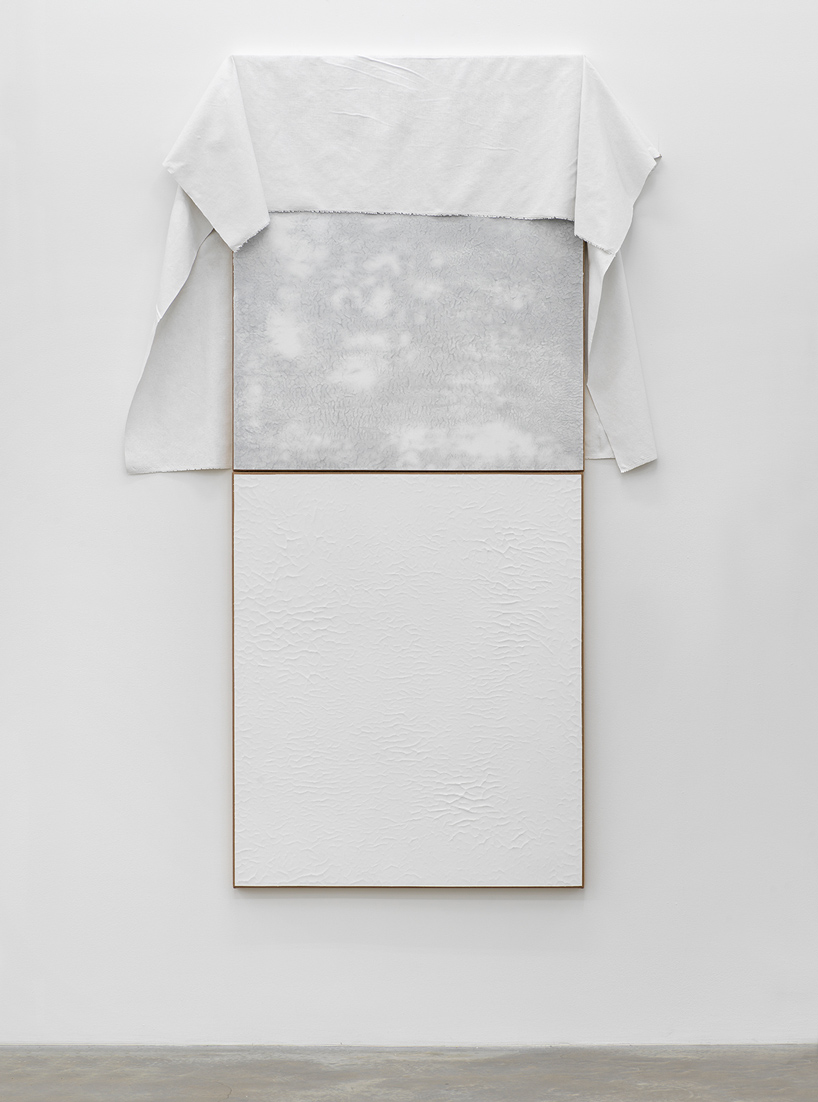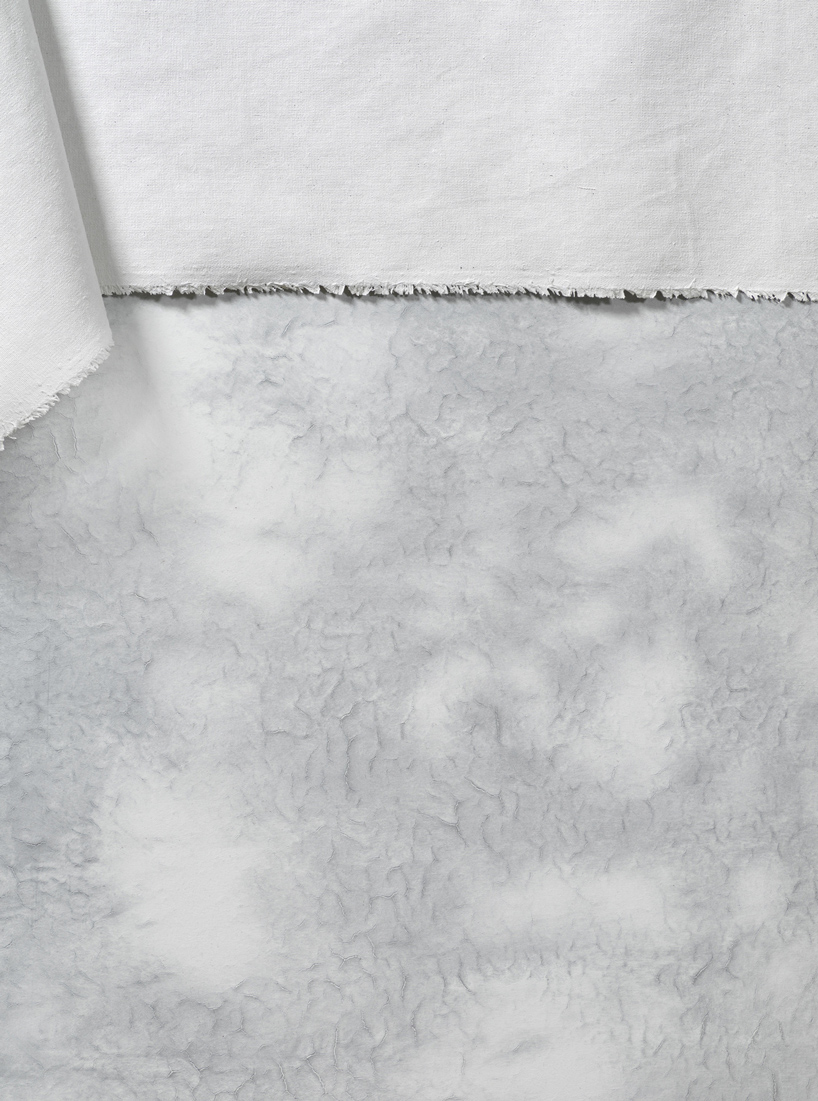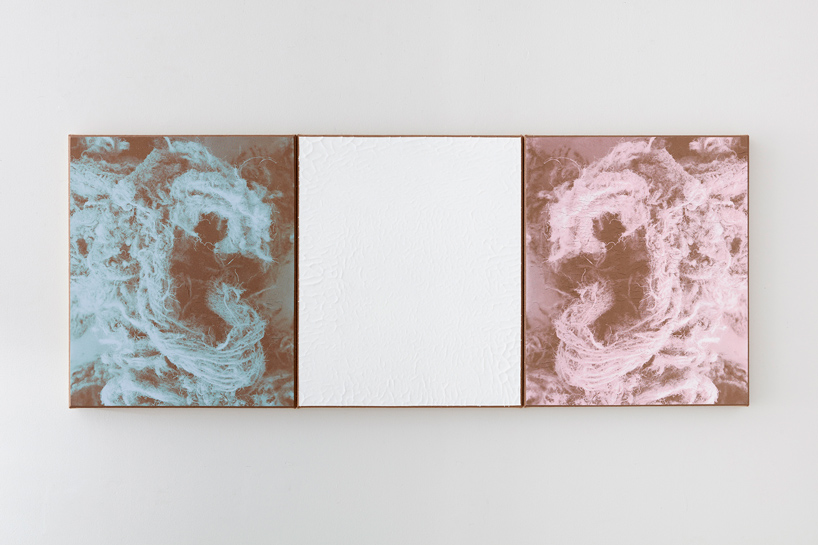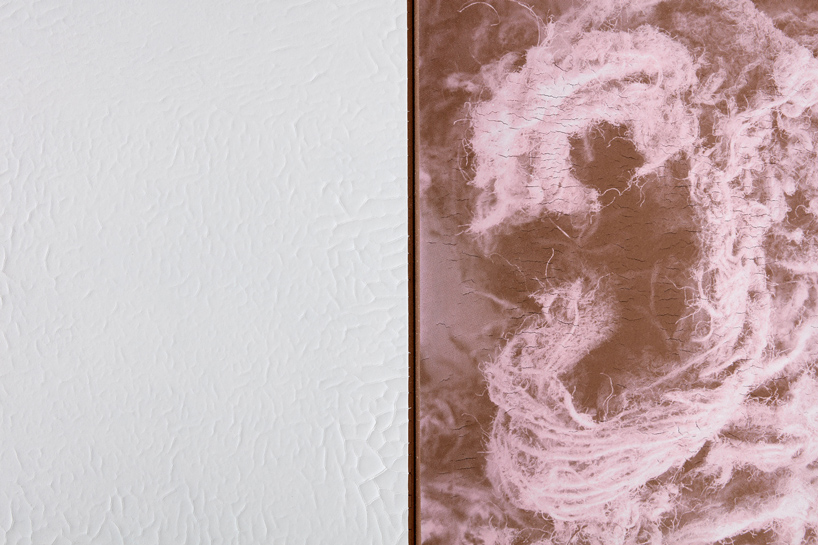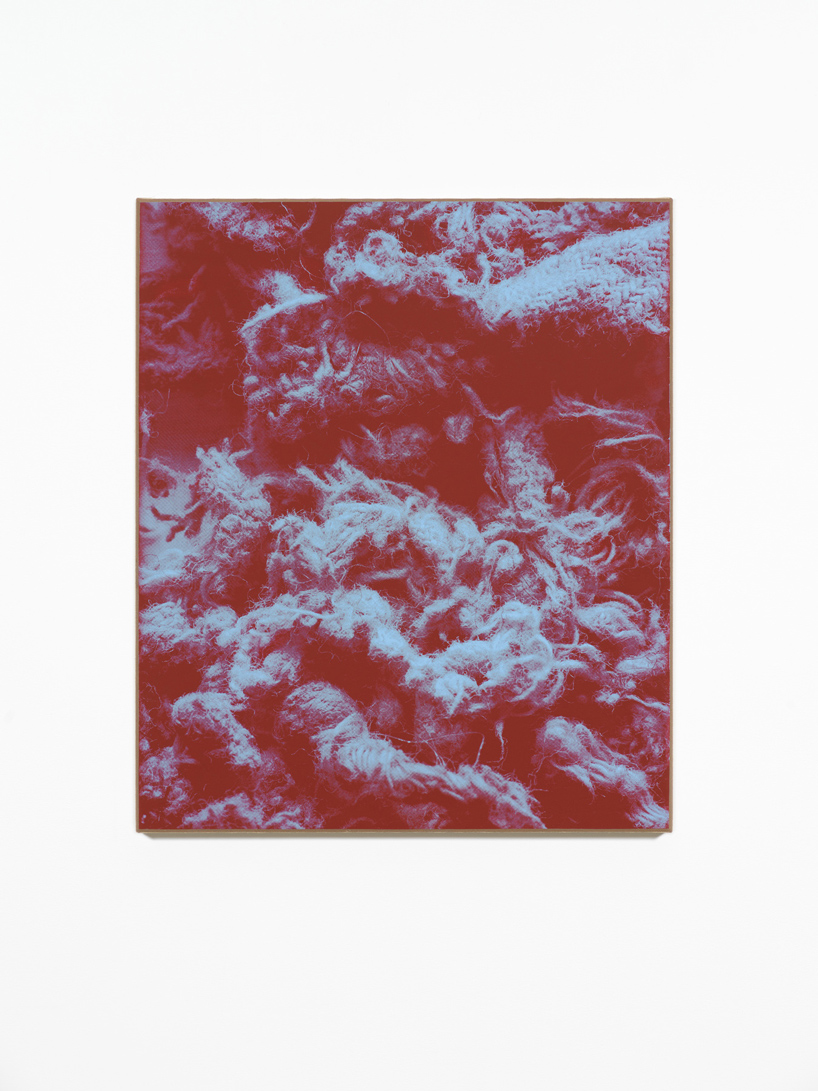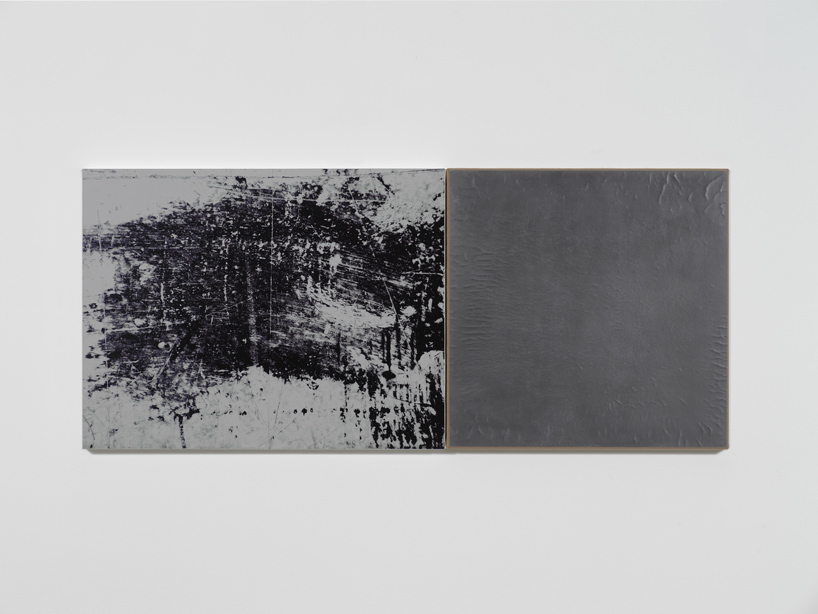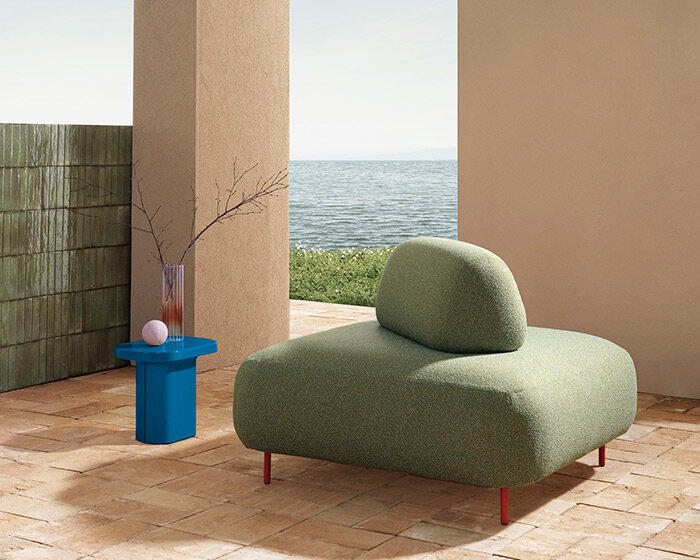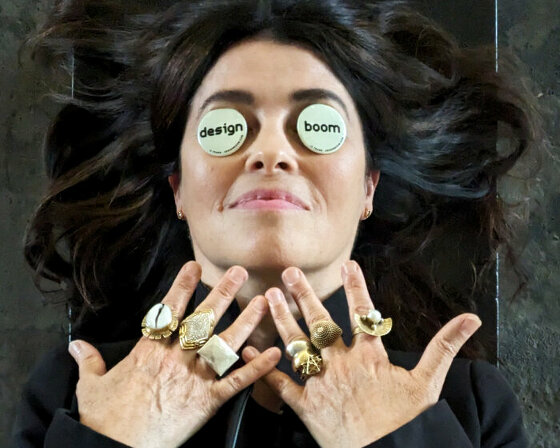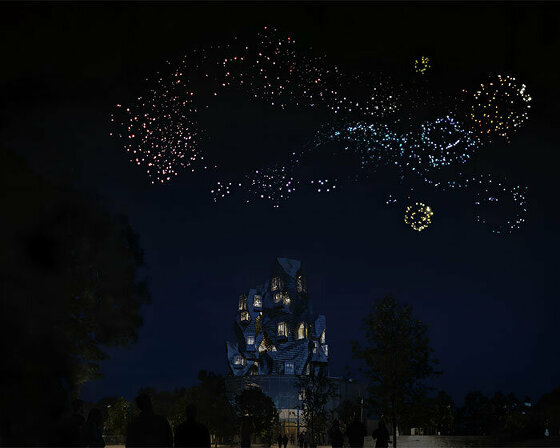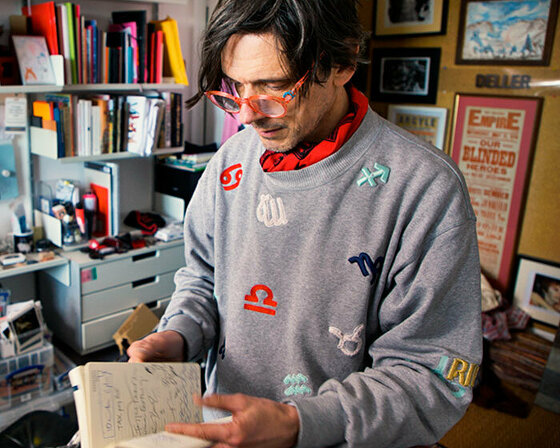KEEP UP WITH OUR DAILY AND WEEKLY NEWSLETTERS
happening now! on its 35th participation at salone del mobile, pedrali unveiled eleven new collections for indoor and outdoor spaces, including brand new collections and extensions of existing collections!
PRODUCT LIBRARY
in an interview with designboom, es devlin speaks about her BMW-commission multimedia works, surfacing (2024) and surfacing II (2024).
connections: +580
to mark the opening of their exhibition at LUMA arles, DRIFT staged a dreamy drone performance tracing the movement in van gogh's paintings.
the 20th BMW art car by artist julie mehretu will compete at the 24 hours of le mans endurance race in june 2024.
connections: +1110
'if you're looking to artists to change the world, I think you're probably looking in the wrong place,' the british conceptual artist says in a video interview by louisiana channel.
connections: +130
